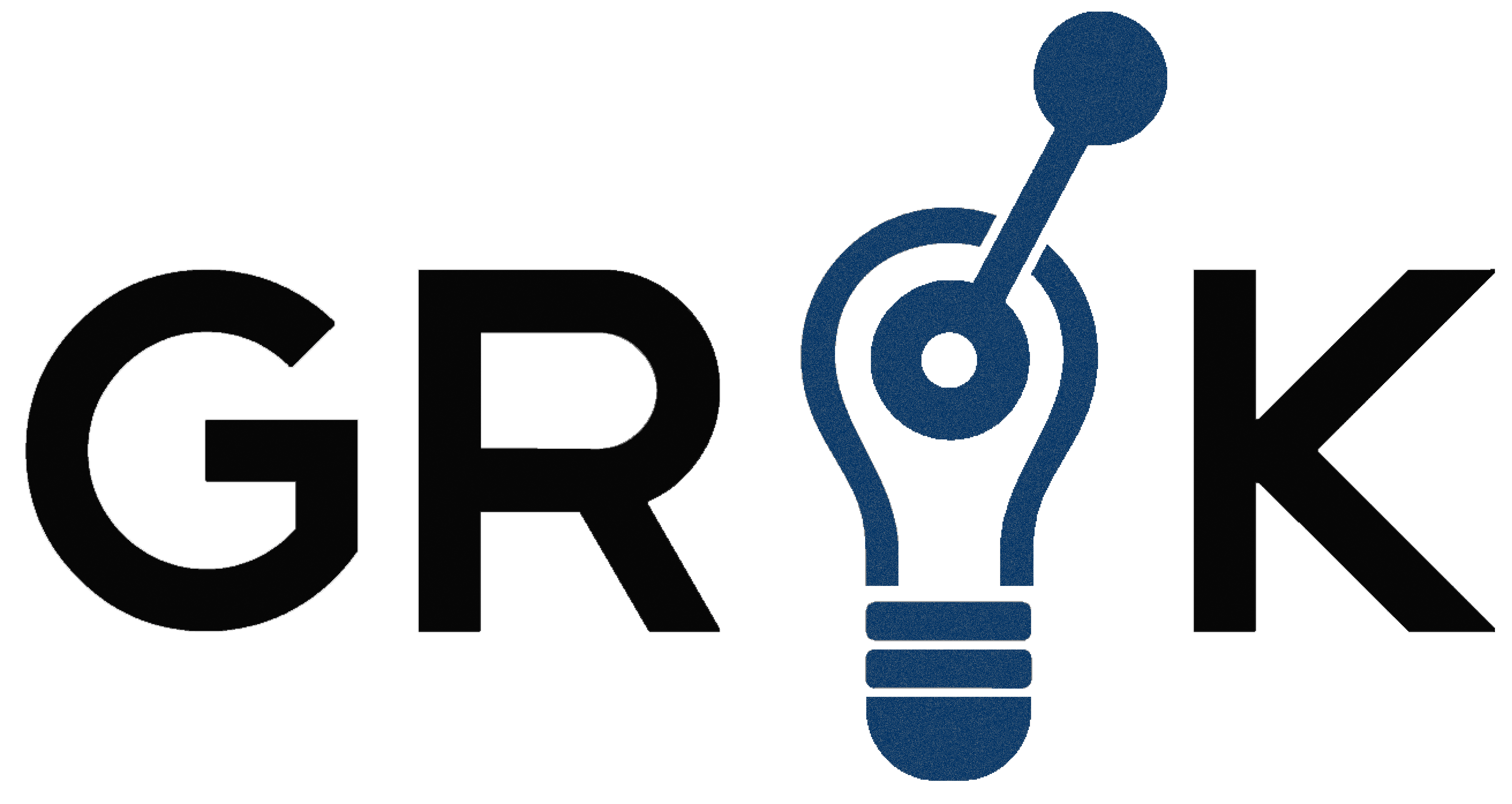Artificial Intelligence (AI) in IT Operations (AIOps) has gained traction as organizations seek to improve reliability, reduce downtime, and enhance efficiency. However, the market often treats AI as a set of statistical models designed to predict incidents based on historical patterns. This approach, while valuable, is limited.
The real differentiator in AIOps is not just data-driven predictions but adaptive intelligence—AI that continuously learns, contextualizes information, and acts autonomously. This analysis explores how Grok AIOps moves beyond traditional mathematical models to deliver true operational intelligence in a competitive market.
The Market’s Reliance on Statistical AI
Most AIOps platforms leverage machine learning (ML) and statistical analysis to predict failures before they happen. These models rely on:
- Anomaly detection using threshold-based or probabilistic models
- Historical data correlations to identify likely root causes
- Pattern recognition to classify events and alerts
While these techniques improve visibility, they present limitations:
- Static models degrade over time – If not continuously retrained, predictions become inaccurate.
- Lack of real-time adaptability – Many solutions rely on predefined thresholds rather than dynamically adjusting to changing environments.
- Limited automation – Traditional AIOps solutions often stop at recommendations rather than full incident resolution.
As a result, many organizations using first-generation AIOps still require significant human oversight to interpret and act on AI-generated insights.
How Grok AI Moves Beyond Standard AIOps
Grok’s approach addresses these limitations by embedding self-learning intelligence that actively adapts to live IT environments.
Contextual Awareness Over Static Predictions
Instead of relying solely on historical data patterns, Grok understands operational context. This means:
- Recognizing incident causality rather than just correlation.
- Differentiating between routine noise and high-impact events.
- Prioritizing incidents based on business impact rather than just frequency or severity.
Autonomous Decision-Making and Self-Healing
Unlike traditional AIOps solutions that provide recommendations, Grok automates full-cycle incident resolution by:
- Executing remediation actions without human intervention.
- Learning from past resolutions to refine future responses.
- Minimizing false positives by continuously updating response logic.
Continuous Learning Without Manual Retraining
Most AI models require periodic human-led retraining to remain effective. Grok eliminates this need through automated model evolution, meaning:
- AI algorithms adapt in real time as new incidents arise.
- No manual tuning or retraining is required to maintain accuracy.
- IT teams spend less time managing the AI and more time focusing on strategic initiatives.
Intelligent Automation: Beyond Playbooks
Many AIOps solutions provide rule-based automation (e.g., predefined playbooks or runbooks). Grok advances beyond this with self-generating automation, where the AI:
- Observes manual IT workflows and creates automation scripts autonomously.
- Optimizes existing automation by identifying inefficiencies in execution.
- Expands automation coverage without requiring engineers to manually program responses.
Market Implications: Where Grok Fits
The AIOps market is shifting from insight-driven AI (providing predictions) to action-driven AI (enabling autonomous IT operations). Grok’s differentiation aligns with this evolution:
AIOps Evolution |
Traditional AIOps |
Grok AIOps |
| Data Processing | Static, historical | Real-time, adaptive |
| Model Training | Periodic, manual | Continuous, autonomous |
| Automation Scope | Rule-based (playbooks) | Self-optimizing automation |
| Incident Response | Alerts & recommendations | Full-cycle resolution |
| Learning Methodology | Statistical inference | Context-aware decision-making |
As IT environments become more complex, predictive capabilities alone will not be enough. AI must evolve into an autonomous problem-solving system—and this is where Grok positions itself as a next-generation AIOps leader.





